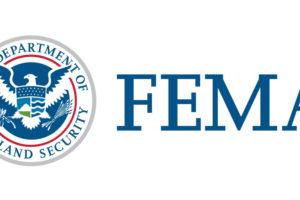Climate change-fueled weather disasters: Costs to state and local economies
The US Government Accountability Office (GAO) estimates that between 2005 and 2019, the federal government, including FEMA and other agencies, has spent at least $450 billion on weather disaster assistance, an average of $30 billion per year (GAO 2019). It is easy to imagine that, in the face of the COVID-19 pandemic, a similar level of aid may not be available for weather disaster assistance.
The report draws on a growing body of climate science research that connects climate change to worsening weather disasters; shifting climate conditions in response to greenhouse gas emissions have been linked to fiercer storms, heatwaves, droughts, and wildfires.
To gain insight into the price Americans are paying for worsening weather disasters, it summarizes data from the National Oceanic and Atmospheric Administration (NOAA) Billion-Dollar Weather and Climate Disasters database and other public sources.
NOAA has tracked the costs of the most extreme weather events in the United States since 1980, estimating the total direct cost of each event that caused $1 billion or more in damage (adjusting all costs to 2019 dollars). No state is untouched by these billion-dollar disasters.
The analysis includes projections of future increases in the intensity and frequency of weather disasters—should governments, corporations, and citizens fail to take action to curb greenhouse gas emissions. Cities, states, and regions also need to work together to build resilience to future weather disasters.
Download report at Environmental Defense Fund
Source - Environmental Defense Fund (EDF)




